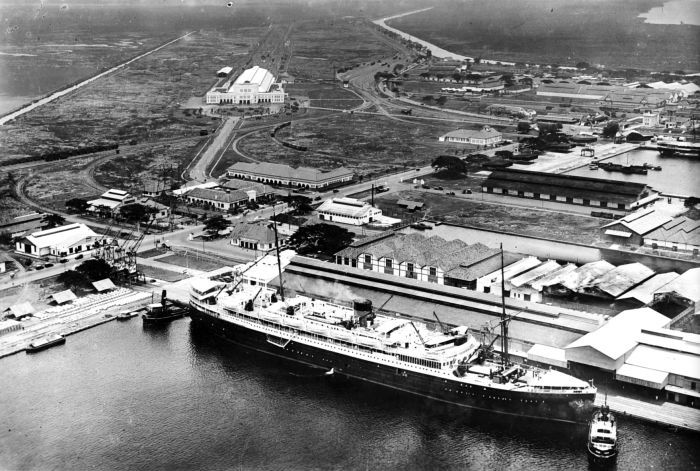|
Tanjung Priok Massacre
The Tanjung Priok massacre was an incident that occurred in the port area of Tanjung Priok, North Jakarta, Indonesia in 1984. Government reports give a total of 24 killed and 54 injured, while survivors report over 100 killed. Background On 10 September 1984, Sergeant Hermanu, a member of the Community Advisory Non-Commissioned Officer () arrived at As Saadah Mosque in Tanjung Priok, North Jakarta, and told the caretaker, Amir Biki, to remove brochures and banners critical of the government. Biki refused, so Hermanu removed them himself; to do so, he reportedly entered the prayer area of the mosque without removing his shoes (a serious violation of mosque etiquette). In response, local residents, led by mosque caretakers Syarifuddin Rambe and Sofwan Sulaeman, burned his motorcycle and attacked Hermanu while he was talking with another officer. The two then arrested Rambe and Sulaeman, as well as another caretaker, Achmad Sahi, and an unemployed man named Muhamad Noor. Incident Two ... [...More Info...] [...Related Items...] OR: [Wikipedia] [Google] [Baidu] |
Tanjung Priok
Tanjung Priok is a district of North Jakarta, Indonesia. It hosts the western part of the city's main harbor, the Port of Tanjung Priok (located in Tanjung Priok District and Koja District). The district of Tanjung Priok is bounded by Laksamana Yos Sudarso Tollway and Sunter River canal to the east, by Kali Japat, Kali Ancol, and the former Kemayoran Airport to the southwest, by Sunter Jaya Road and Sunter Kemayoran Road to the south, and by Jakarta Bay to the north. History Before human development, the coastal area of what is now Tanjung Priok was an area of brackish water with swamp and mangrove forest. The old harbor of Jakarta During the colonial era, Batavia at first relied on the Sunda Kelapa harbor area. This meant that Batavia had a harbor system like many others cities. I.e. an anchorage at sea at some distance from the city, and a city harbor where smaller ships could attach to a quay. It meant that big ships like the Dutch East Indiamen and later ships safely anc ... [...More Info...] [...Related Items...] OR: [Wikipedia] [Google] [Baidu] |
